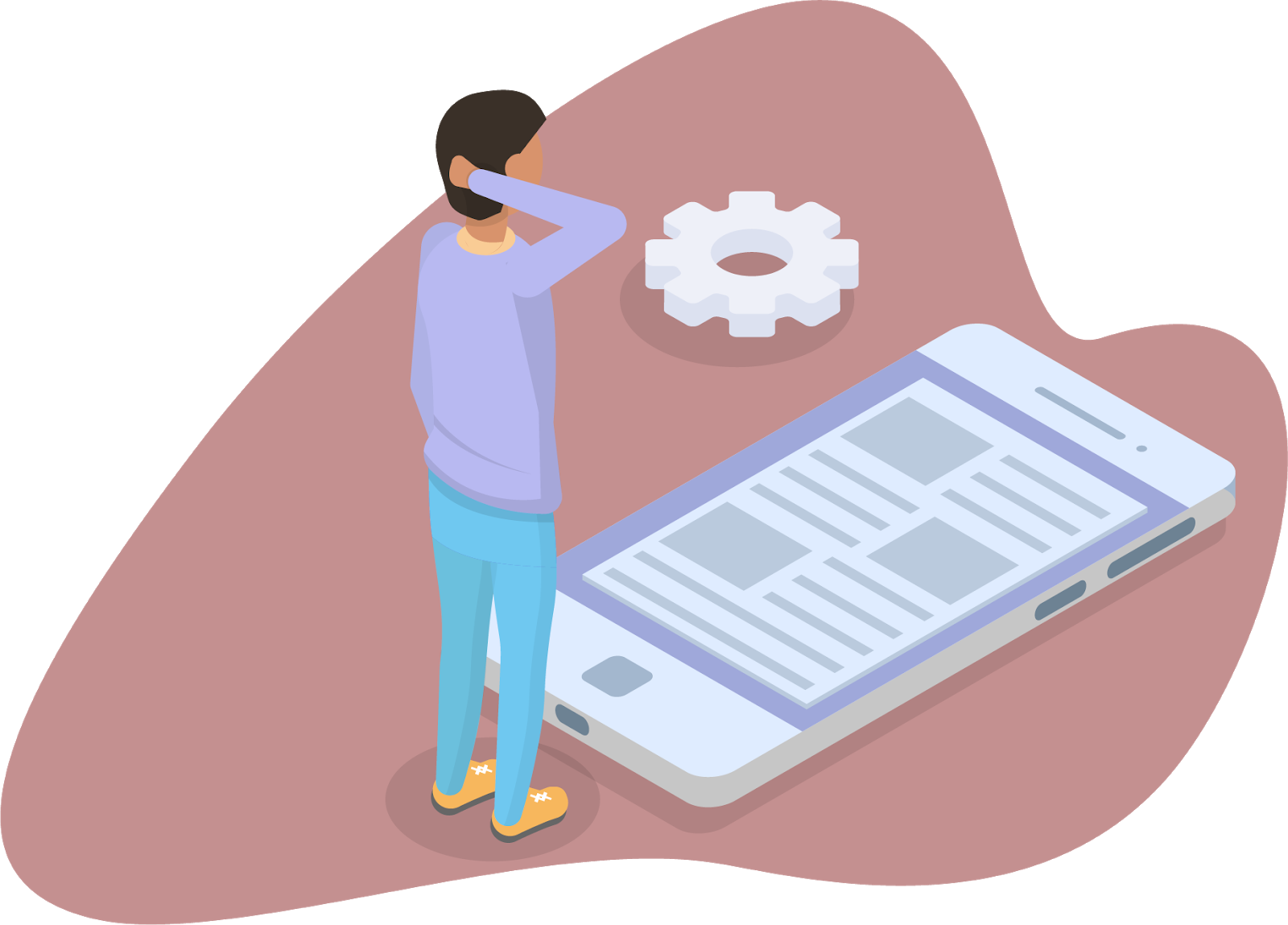The University Library comprises 13 campus libraries, including the Hatcher Graduate Library, Shapiro Undergraduate and Science Libraries, the Art, Architecture and Engineering Library, the Music Library, the Asia Library, and others. Materials from the University of Michigan-Flint Thompson Library, the Bentley Historical Library, and the Clements Library are found through Catalog Search.
 What Library Data We Collect
What Library Data We Collect
- Patron Profile Information
We keep information about you, such as your U-M role, uniqname, name, local address, and cell phone number (if you provide it to us to receive SMS messages about holds and recalls). This information is normally retained for two years after the individual leaves the University, or indefinitely if the user has outstanding loans or fines. - Information on Use of Library Materials and Services
When you check items out of the library, request materials from other institutions, use document delivery services to request physical items from our collection, use the Special Collections Research Center, and access articles and databases from third-party providers, we retain data such as your IP address, transaction timestamp, uniqname, and information on the materials you requested or accessed. You can decide whether or not you would like your library material checkout history saved through the library’s Account settings. You can decide whether or not you would like your U-M Library material checkout history saved through the library’s Account settings. Other data (such as Interlibrary Loan transactions) are kept indefinitely. - Logging Information
When you interact with library websites or access online journals or databases, we may record information such as uniqname, browser and operating system used, date and time of login, length of session, page visits, and other transaction timestamps. This data is kept for at least 90 days. - Instruction Session Information
When a class you enroll in has a library instruction session, we record the semester, course, and section of the instruction. This data is kept indefinitely.
 How We Use Library Data
How We Use Library Data
Library data is an institutional asset and may be used only by authorized university entities according to strict policy and processes established by the university and in compliance with federal and Michigan law. The University of Michigan uses library data for:
- Service Support
We use transaction records of web interactions to troubleshoot resource access and system problems and provide services to students, faculty, and staff. We summarize this data and report on it in a number of ways, including by gender, class year, academic role, or course registration information (school or college, department, course). - Integration with Teaching and Learning Initiatives
The Library collects some data about your use of library resources to help improve its services and integrate them with broader teaching and learning initiatives at U-M. - Learning Analytics
U-M analyzes data about learners in data sets, such as Learning Analytics Data Architecture (LARC) and Unizin Data Platform (UDP). - Planning and Institutional Reporting
U-M analyzes data to identify, evaluate, and respond to trends in library services and education. Examples include:- Examine and describe library use across campus populations (e.g., disciplines, student levels), in order to improve services, create personalized resource pathways, and allocate collection resources;
- Analyzing trends in the percentage of first year students who participate in a library instruction session to inform future marketing of library instruction to faculty.
- Analyzing patterns in document delivery services by patron type and/or department to understand the nature of scholarship in various disciplines and how our services can be improved to meet those needs.
- Research
U-M may use summary data (with no individual identity information) for academic research purposes.
 How We Collect Library Data
How We Collect Library Data
- Directly
The Library receives data directly from you when you complete forms, submit requests, and so on. - Automatically
Most of the Library’s systems generate and store data based on system visits and online interactions with library and third-party resources. - From External Sources
We use Google Analytics, which provides website traffic statistics. We use the information to better understand how library websites are being used and to improve our interface and services.
 How We Share Library Data
How We Share Library Data
Access to library data is safeguarded through several mechanisms, including university policy, the Institutional Review Board (IRB), the U-M Data Governance framework, professional standards (e.g. American Library Association), and Michigan law.
- Service Providers
The Library engages service providers, such as software vendors, to support library systems and services. For example, when you request and use materials from the Special Collections Research Center, your identity and a record of the materials you use are stored on the vendor’s site. We require our service providers to keep your personal information secure and use it only for providing services on the university’s behalf. - Third-party/Licensed Content Providers
The Library offers services and/or content such as online journals and subject databases from third-party vendors. When you follow a link from the library website to a third-party site, your interaction with these systems will be governed by those sites’ individual privacy policies.
The majority of content providers rely on IP authentication and the library provides no additional personal information.
For a small number of content providers, more information is shared via Shibboleth authentication. This varies per provider and is displayed to the user upon initial access of the site, and periodically thereafter, to confirm that data may be passed along to the provider. - Other Research Institutions
As part of research grants or projects, the Library may share anonymized transaction logs with specific academic institutions and service providers involved in the grant, providing the researchers have obtained IRB approval and established a memorandum of understanding about data use and retention with the University Library.
Personal information may also be shared when required by law, or to protect the safety, property, or rights of the university, its community members and guests.
